
Documentaries are the strength of Swiss cinema
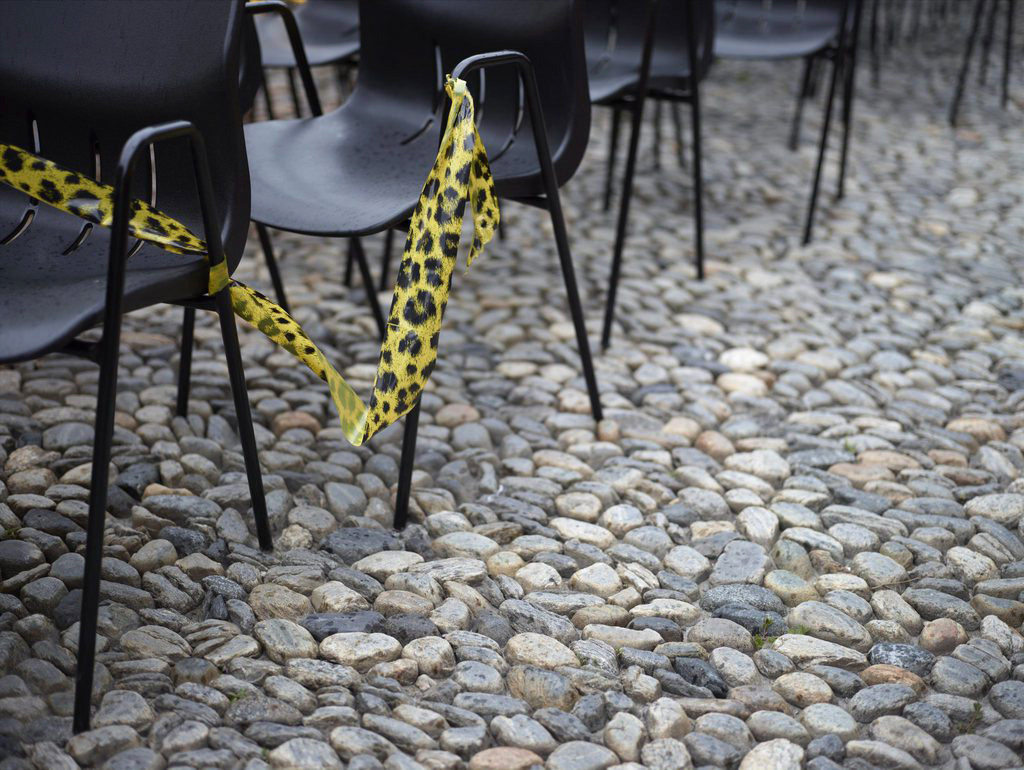
For several years, the Locarno international film festival has devoted considerable space to Swiss documentaries, a genre which has a long tradition in Switzerland and which has built a solid reputation abroad.
“In a country like Switzerland where a film industry hardly exists, documentaries have set the tone for our national production since the beginning,” explained Alain Boillat, professor of history and aesthetics of cinema at Lausanne University.
According to statistics from Swiss Films, the national film promotion organisation, in the past five years the number of documentaries was double that of fictional feature films: 162 versus 87, not considering productions mainly funded by foreign sources.
This situation encourages the creation of the small-scale works that are regularly featured at major international festivals from Berlin to Cannes.
Long ignored by commercial distributors, Swiss documentaries today make the mainstream cinemas, especially in German-speaking Switzerland.
Some have even enjoyed a fair degree of public success. Mani Matter, a 2002 film by Friedrich Kappeler, ranks as one of the ten top money-makers in Switzerland for the period 1995-2012, according to statistics from Pro Cinema, the national association of cinema owners and film distributors.
With more than 146,000 tickets sold, this documentary on the complex personality of a famous Bernese folksinger is up there with blockbusters such as The Social Network.
Political support
Producing and distributing a documentary costs less and needs fewer complex structures than a feature film does.
This does not, however, explain the emergence of the genre and the level of activity in Switzerland, which is among the highest in Europe.
If Switzerland is able to shine in the documentary field, it is at least in part thanks to government policy. The first piece of federal legislation on cinema was in 1962. It created the basis for financial support, however minimal, to filmmakers, and it was exclusively concerned with documentaries.
“For another ten years, feature films were not considered as a cultural product, but as mere entertainment,” explained Marcy Goldberg, who teaches history and theory of cinema at Lucerne University.
The creation of documentaries is still encouraged at the federal level, with higher subsidies for success at the box office going to directors, producers, distributors and cinema owners.
Public television also fulfils the role of principal producer and distributor of documentaries. Many directors did their first work for television, from the old guard like Alain Tanner and Claude Goretta to the younger ones like Lionel Baier and Fernand Melgar.
“This policy orientation has done a lot to foster a documentary culture among artists, but also the public,” said historian of cinema Yvonne Zimmermann, co-author of one of the few books devoted to documentary in Switzerland.
“In some cities like Zurich, the range available in cinemas is really impressive compared with other countries. Every Sunday there is a new cycle of documentaries and there is an enthusiastic public response.”
The numerous cine-forums, the festivals focusing on documentary, like at Nyon, or on Swiss cinema, like the Solothurn festival, have done the rest, getting the public familiar with the genre.
New school
“Cinema has often made it possible to awaken public awareness, tackling themes that are still taboo like immigration, the role of Switzerland in the Second World War or just the daily difficulties experienced by Alpine farming folk,” Goldberg said.
The trend started with Siamo Italiani (We are Italian) by Alexander J. Seiler, the first documentary to deal critically with the problem of immigrant workers. That was in 1964 when Italian immigrants were seen as a problem for society.
The new Swiss cinema thus came to have a new cast of characters: foreigners, the handicapped, prisoners, farmers, abandoned children, politicians and artists. A focus on group identity and social criticism characterised the first decades of Swiss cinema history, and even today this remains one of the dominant tendencies, together with ethnographic and naturalistic reportage.
Whereas in the 1970s this type of social-criticism documentary was prevalent among German-Swiss filmmakers, today it is in French-speaking Switzerland that a new school is developing, which still tries to distance itself from the more militant past.
“Directors like Fernand Melgar or Jean-Stéphane Bron consider themselves non-political”, said Alain Boillat. “Their films deal with a social problem, but they present the facts in a lighter tone, without making political speeches.”
Filmmaking for export
With a few exceptions, the full-length feature film in Switzerland has gone into decline. Whatever the reasons – costs too high, lack of actors and producers, even lack of talent for story-telling – it is a fact that Swiss feature films rarely gain an international following.
With documentaries, on the other hand, Swiss filmmaking earns plaudits at festivals as well as success at the box office.
Nominated for an Academy Award, War Photographer (Christian Frei, 2001) was distributed in many countries, as was Elisabeth Kübler-Ross (Stefan Haupt, 2003), Die Frau mit den 5 Elefanten (The Woman with the 5 Elephants) (Vadim Jendreyko, 2009), Sounds of Insects (Peter Liecht, 2009) and Cleveland vs. Wall Street (Jean-Stéphane Bron, 2010).
According to Boillat, this success may be linked more to the choice of topics than to the cinematic form.
“Rarely is the style of new Swiss documentaries surprising. It’s as if they’re stuck in a sort of standardisation of the artistic product, which probably has something to do with the influence of the TV format,” he said.
Some Swiss filmmakers may be “stylistically not very adventurous”, admits Goldberg, but at the same time she emphasises that it is “just those films that take risks in terms of topic and style that become best known at the international level” and contribute to dialogue between cultures.
The documentary that had the greatest success in Switzerland between 1995 and 2012, was Microcosmos (1996), by French directors Claude Nuridsany and Marie Pérrenou (381,059 tickets sold).
The first Swiss documentary is tenth on the list: Mani Matter (2002), by Friedrich Kappeler. Of the 146,300 tickets sold, only 940 were in French Switzerland and 315 in Italian Switzerland.
There follow Das Wissen vom Heilen (The Knowledge of Healing) (1997), by Franz Reichle (105,231 tickets sold), Le génie helvétique (Corn in Parliament) (2003), by Jean-Stéphane Bron (105,182) and finally Die Kinder von Napf (The Children from Napf) (2011), by Alice Schmid (72,311).
In the feature category, the Swiss champion is Bettina Oberli with Die Herbstzeitlosen (Late Bloomers) (2006, with 596,503 tickets sold). This category is dominated by Titanic (1997), by James Cameron, with 1,940,608 tickets sold in Switzerland alone.
International competition
Image Problem, by Simon Baumann and Andreas Pfiffner
The End Of Time, by Peter Mettler
Piazza Grande
More Than Money, by Markus Imhoof
(Translated from Italian by Terence MacNamee)

In compliance with the JTI standards
More: SWI swissinfo.ch certified by the Journalism Trust Initiative

















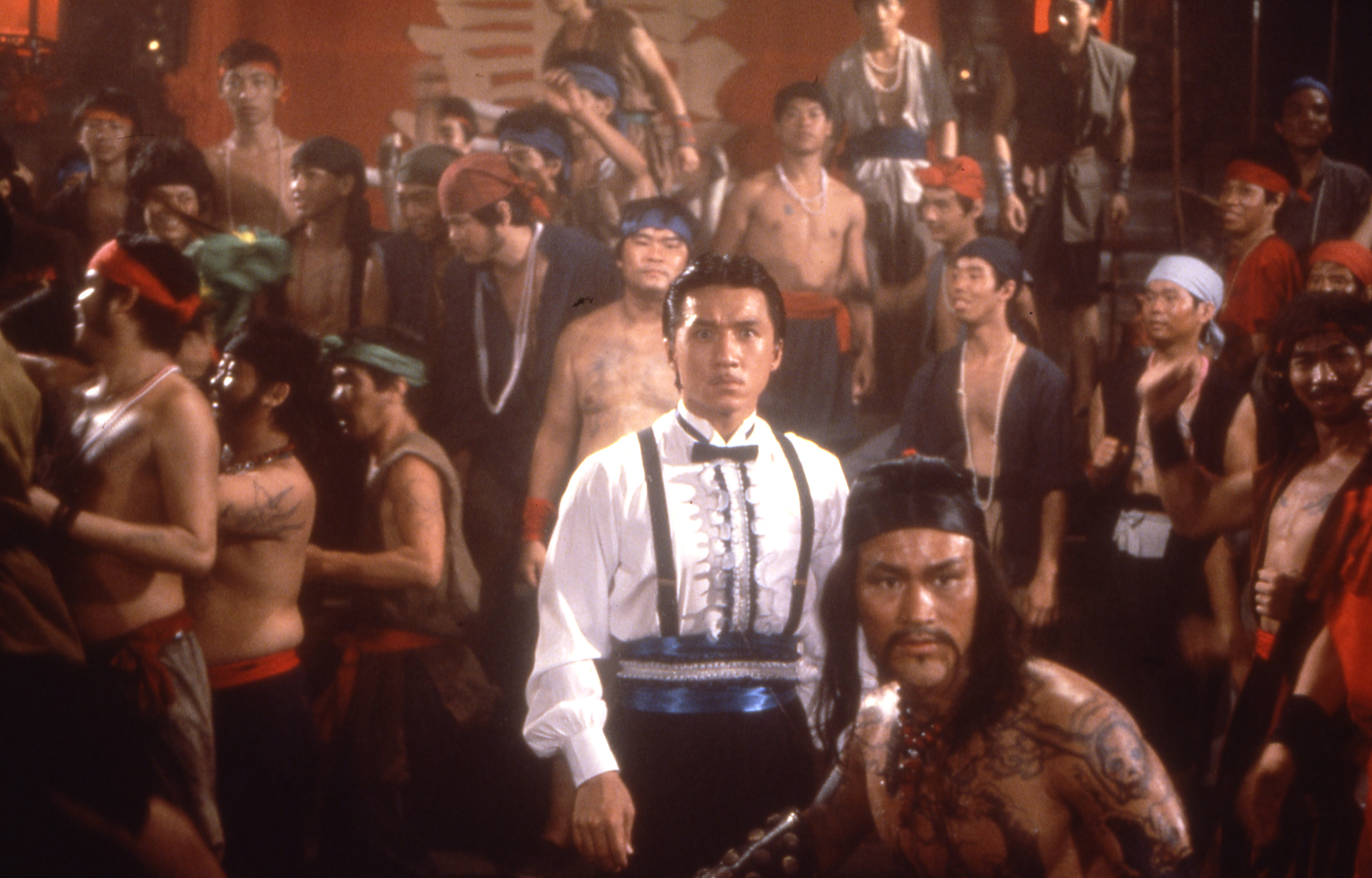









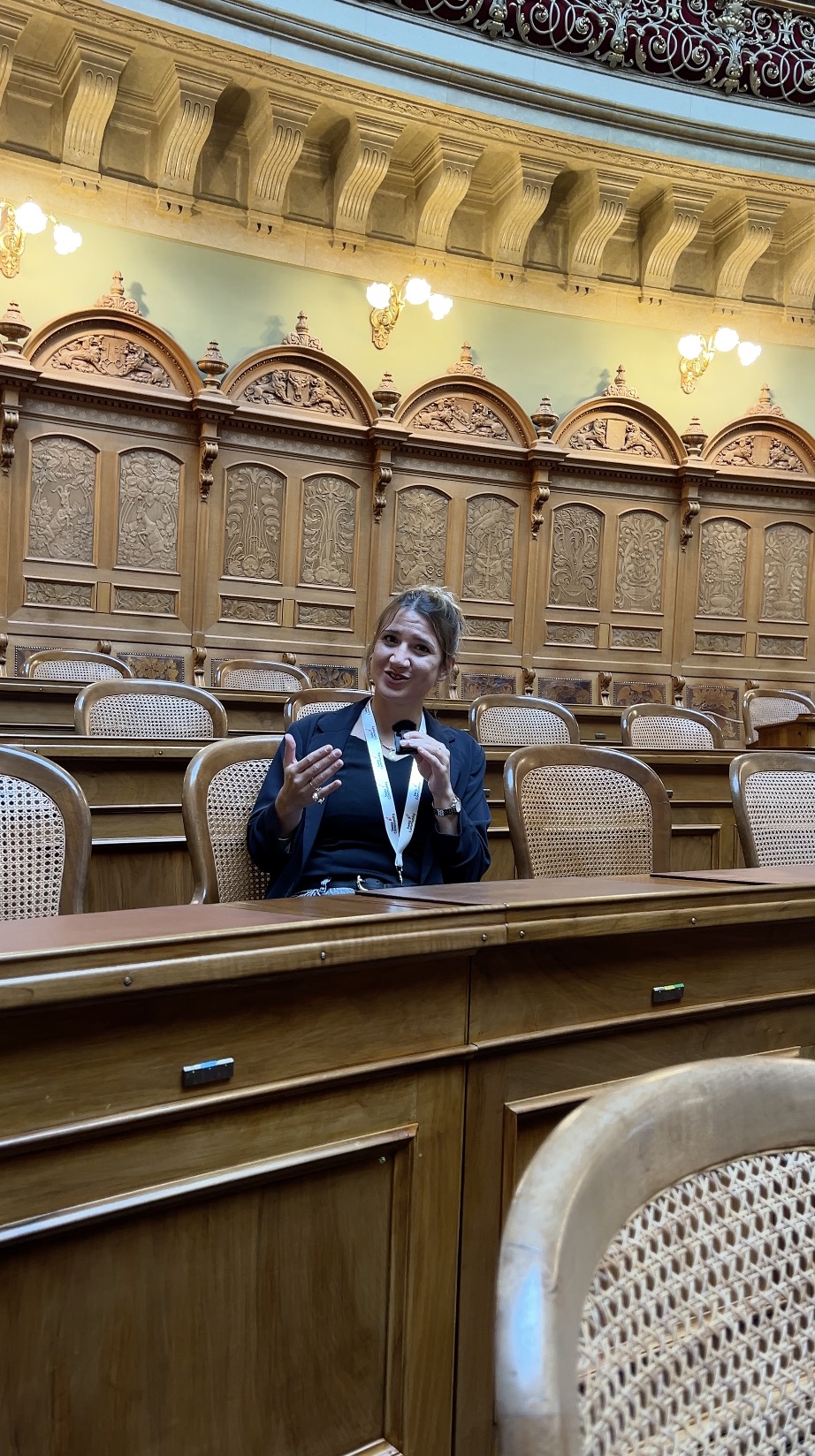




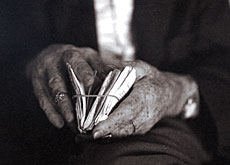








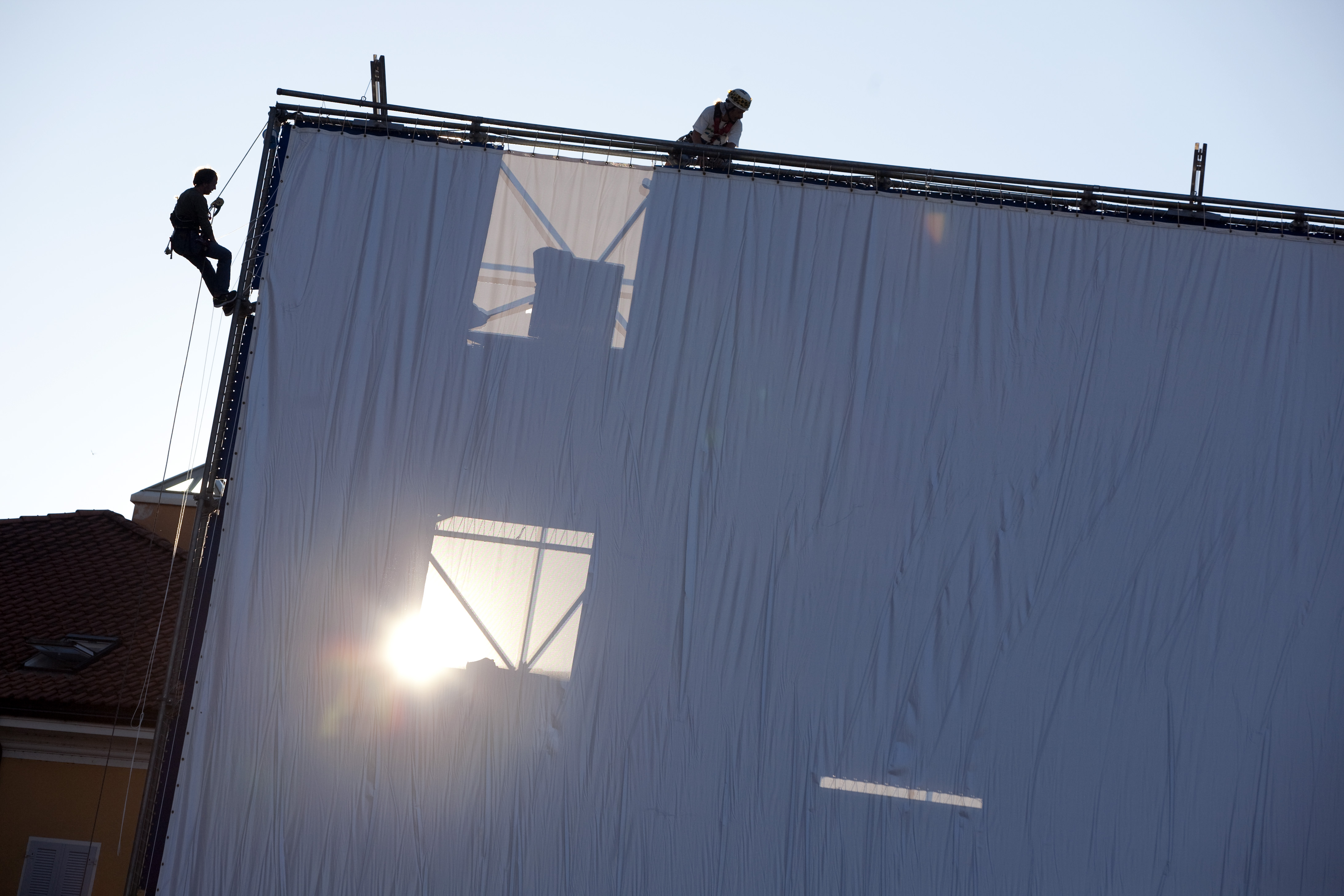

You can find an overview of ongoing debates with our journalists here . Please join us!
If you want to start a conversation about a topic raised in this article or want to report factual errors, email us at english@swissinfo.ch.